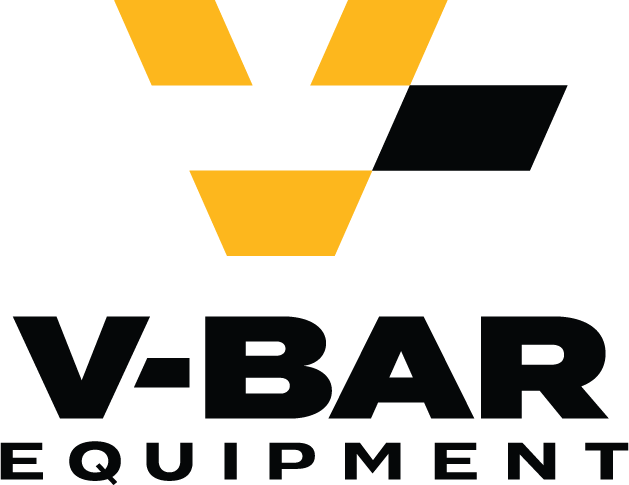What Are the Speed Limits for Forklifts?
November 29, 2021 11:15 pm Leave your thoughtsGeneral forklift safety guidelines are provided by the Occupational Safety and Health Administration (OSHA). These rules are important, as they provide requirements and suggestions on how to remain as safe as possible when using dangerous equipment.
Using a forklift can be a convenient and efficient way of getting the job done, but driving a forklift too fast is a major cause of workplace accidents. Read on to learn more about forklift safety for you and your team.
Forklift speed limits
OSHA does not set specific forklift speed limits. Instead, the federal agency recommends speed limits depending on the circumstances of the workplace environment. This includes the forklift’s stopping distance. OSHA regulations stipulate that forklifts should be operated at speeds that allow them to be “brought to a stop in a safe manner.”
Forklift drivers should take the following precautions whenever they’re operating the machinery:
- Observe traffic regulations and set speed limits
- Approach ascending and descending grades slowly
- Slow down and exercise caution on wet or slippery floors
- Slow down and use the horn at cross aisles and anywhere vision could be blocked
- Turn the forklift and steering wheel in a smooth motion, even at very slow speeds
These rules also apply to forklifts that are operated with attachments. Be sure to check whether the forklift requires an attachment to carry a pallet of items or materials.
Factors that affect speed limit
While OSHA doesn’t specify a speed limit, there are a number of factors you should take into account while operating a forklift. These include:
- Type of forklift: There’s a range of forklifts available, with counterbalance forklifts being the most common. However, narrow aisles and order pickers are also becoming prevalent. Each forklift has its own speed limit as specified in the owner’s manual or on the data plate.
- Load weight: If the forklift is loaded up to the maximum, it’s going to be more difficult to stop. The speed at which you operate the forklift should reflect this.
- Road conditions: The surface you’re driving the forklift on also plays a role in the speed limit. You’ll want to go slower in instances where the road surface conditions are challenging.
- Pedestrian traffic: In many cases, forklifts are operated in warehouse or factory settings where other workers are moving around. This may mean that, in some sections, the posted speed limits are lower to accommodate the safe movement of workers.
Safe practices
One of the primary things employers can do is train forklift operators well and post speed limits throughout the workplace. These signs should be frequent, visible and easy to read. Review all forklift safety policies on a regular basis with your team.
V-Bar Equipment Company has served forklift owners and operators for nearly three decades. We do it all, including selling and servicing forklifts, boom lifts, scissor lifts and forklift telehandlers. We also rent a wide range of heavy equipment and offer parts for every product we service. Contact us right now to learn more about our products and services.
Categorised in: Forklift Training, Heavy Equipment Safety
This post was written by Writer
